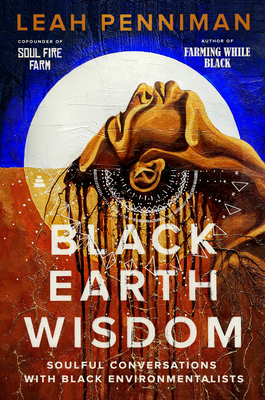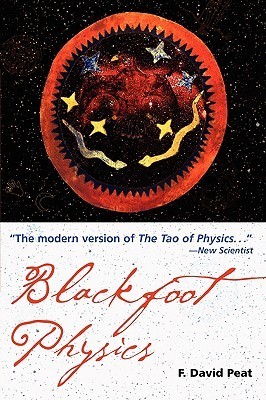
Braiding Sweetgrass: Indigenous Wisdom, Scientific Knowledge, and the Teachings of Plants
Book Description
Imagine a world where plants whisper secrets of resilience and connection. Robin Wall Kimmerer weaves together the ancient wisdom of Indigenous traditions and the precision of scientific understanding, revealing how nature speaks to those willing to listen. Each page unravels the intricate tapestries of ecosystems and our place within them, blending storytelling with groundbreaking insights. From the roots of sweet grass to the intricate dance of pollinators, the call to honor the earth resonates deeply. What if the answers to our greatest challenges lie not in technology, but in the humble teachings of the plants around us?
Quick Book Summary
"Braiding Sweetgrass" by Robin Wall Kimmerer is a poetic blend of memoir, Indigenous wisdom, and scientific exploration. As a botanist and enrolled member of the Citizen Potawatomi Nation, Kimmerer marries her scientific training with the deep insights of her cultural heritage, teaching readers to perceive plants not just as objects but as teachers, relatives, and companions. Through a series of meditative essays, she reflects on the lessons plants and ecological systems offer about reciprocity, gratitude, and stewardship. Kimmerer advocates for a mindset shift—from one of consumption to one of relationship—urging us to honor and care for the earth as we would our own kin. Her writing encourages a profound respect for nature and reveals how blending science with story can heal both our environment and ourselves.
Summary of Key Ideas
Table of Contents
Interconnection and Reciprocity with Nature
In "Braiding Sweetgrass," Robin Wall Kimmerer explores the theme of interconnection, asserting that humans are an integral part of nature, not separate from it. She illustrates this through stories of sweetgrass and other native plants, emphasizing the reciprocal relationships found throughout ecosystems. The book contends that fostering a sense of kinship with the land fosters both ecological understanding and compassion for the natural world.
Blending Indigenous Wisdom and Scientific Knowledge
A core idea is the blending of Indigenous knowledge with scientific inquiry. Kimmerer, both scientist and Indigenous woman, bridges the gap between two worldviews. She recounts her academic journey alongside stories from her Potawatomi ancestry, showing how traditional ecological knowledge and Western science can together deepen our capacity to care for the planet. Rather than seeing them as oppositional, she demonstrates their common goal: sustaining life and healing.
Gratitude as a Foundational Practice
Gratitude emerges as a foundational practice, modeled through Indigenous ceremonies and daily acts of thanksgiving. Kimmerer highlights how expressing gratitude—for clean water, for the gifts of plants, for the cyclical bounty of the land—nurtures a sense of respect and reciprocity. She encourages readers to practice thankfulness, shifting from a culture of taking to one of mutual giving, viewing the earth’s offerings with humility and wonder.
Plants as Teachers and Relatives
Another major thread is the concept of plants as teachers and relatives. Kimmerer suggests that by observing plant behavior—how they share, adapt, and contribute—humans can learn vital lessons about community, resilience, and generosity. Plants, she writes, invite us to slow down and listen, to develop empathy and awareness. Her stories about gathering wild strawberries or tending gardens show how these lessons can be integrated into everyday life.
Restoring Ecological and Cultural Balance
Ultimately, Kimmerer calls for restoring both ecological and cultural balance. She writes about the consequences of the loss of traditional practices and the disruption of ecosystems. The book advocates returning to ancestral ways of stewardship and reciprocal living with the land. "Braiding Sweetgrass" ends with an invitation: to forge deeper relationships with the natural world, blending ancient wisdom with modern knowledge to create a more just and sustainable future.
Download This Summary
Get a free PDF of this summary instantly — no email required.





